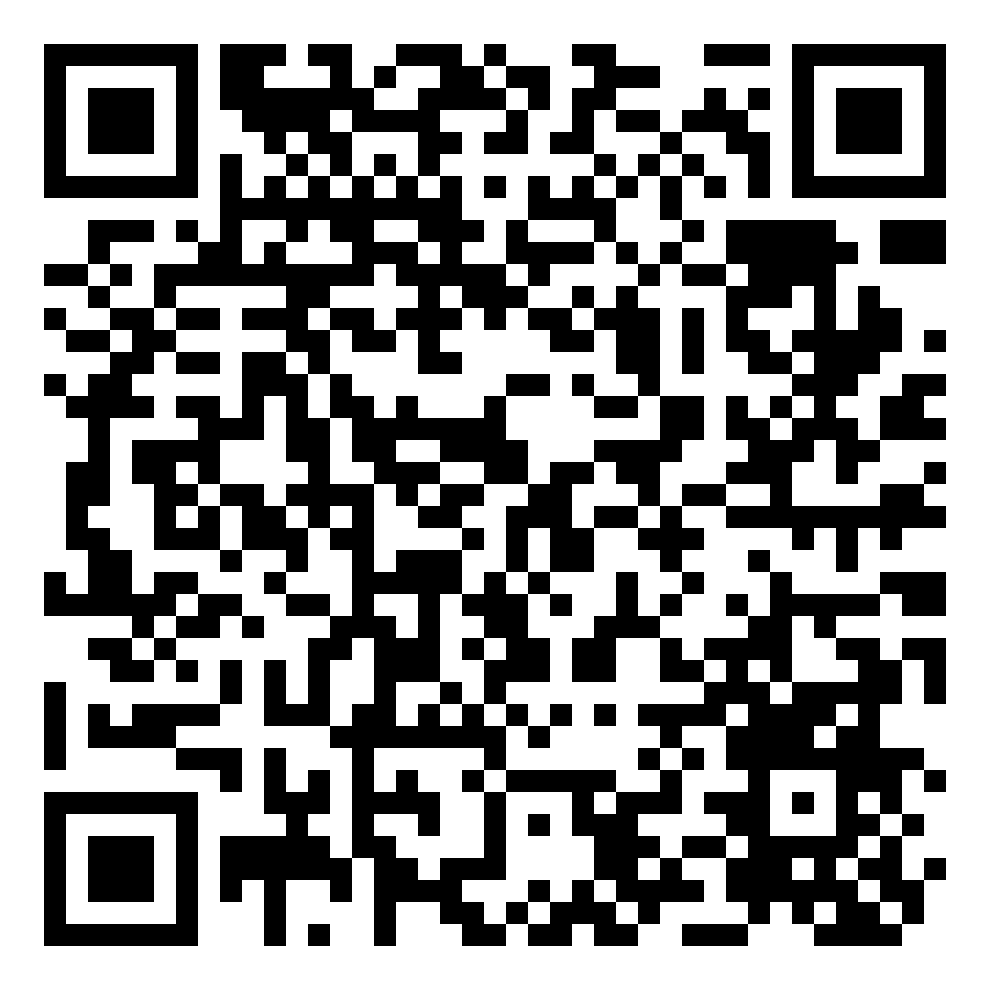
E Stim / Tens / Electrical stimulation

Transcutaneous electrical nerve stimulation (TENS) is an electromedical stimulation current therapy with monophasic or (mostly) biphasic rectangular pulses (alternating current) of low frequency, 2-4 Hz (low), or high frequency, 80-100 Hz (high), which is mainly used for pain treatment (analgesia) and muscle stimulation. The current forms can occur as constant pulse sequences of rectangular needle pulses or as interrupted pulse sequences, burst Tens. The TENS technique was developed in the 1970s. Although there had been experiments with neurostimulation for some time, rational application only began with the gate control theory of pain (Patrick David Wall/Bill Sweet, C. Norman Shealy and others).
Mode of action
The effectiveness of TENS is the subject of controversial debate. There are studies that show efficacy compared to placebo treatment, as well as studies that have been unable to demonstrate any advantage in favour of TENS. There is insufficient study data available for a conclusive judgement of efficacy.
A working group of the American Academy of Neurology (AAN) led by R. Dubinsky wanted to know whether TENS is effective in the treatment of pain in neurological diseases and carried out a meta-analysis. A total of eleven studies were identified by April 2009 that met the inclusion criteria, i.e. that investigated TENS in comparison with placebo or another therapy and included at least ten patients. Two class II studies were available for back pain, which appeared to demonstrate a moderate benefit. In contrast, two class I studies, which had power to detect a 20% difference in the number of patients who benefited from treatment, and one class II study did not show a positive effect. Since class I studies provide the strongest evidence, the authors believe that TENS must be categorised as ineffective in the treatment of back pain.
For the treatment of mild pain in distal polyneuropathy in diabetics, there are two class II studies in which TENS was compared with sham TENS, as well as a class III study in which high-frequency muscle stimulation was tested against TENS. Compared to placebo, real TENS showed a moderate reduction in pain intensity on a visual analogue scale in the two Class II studies, while in the Class III study a larger proportion of those treated experienced a benefit from muscle stimulation. The authors conclude that TENS may have some efficacy in the treatment of painful diabetic neuropathy. However, there are a number of other therapeutic approaches for this symptom, none of which have been directly compared with TENS. The neurologists conclude that the evidence for the effectiveness of a therapy as frequently used as TENS for pain syndromes is very weak. They cannot recommend the method for use in back pain on the basis of level A evidence. Although TENS can be considered for use in patients with diabetic pain, the quality of the evidence is not very high.
Electrostimulation (also known as electrosex, estim or e-stim) refers to stimulation with electrical or electronic aids. It does not matter whether this is done with direct current or low-frequency alternating current. The stimulation is carried out using special devices such as violet walls.
Electrical stimulation has developed from medical stimulation current technology. The first therapies using stimulation currents were developed around 1900 by Walther Nernst. Much later, around the 1950s, it was recognised that these therapies could also provide sexual stimulation. The first steps towards electrostimulation were taken with a device called the ‘Relaxacisor’, which was actually intended for muscle stimulation. The electrodes were placed directly on or near the genitals. These techniques were soon integrated into BDSM games.

 Pictures:
Pictures:


 Sun, 16.06.2024 / 07:31
Sun, 16.06.2024 / 07:31
 https://www.bdsm-sex-dictionary.com/glossar-detail.en.php?id=178
https://www.bdsm-sex-dictionary.com/glossar-detail.en.php?id=178


 DE
DE ARA
ARA BGR
BGR CHN
CHN DNK
DNK EN
EN EST
EST FIN
FIN FR
FR GRC
GRC IDN
IDN IT
IT JPN
JPN KOR
KOR LVA
LVA LTU
LTU |
 NL
NL NOR
NOR PL
PL PRT
PRT BRA
BRA ROU
ROU RUS
RUS SWE
SWE SVK
SVK SVN
SVN ES
ES CZE
CZE TUR
TUR UKR
UKR HUN
HUN• DeepL |




